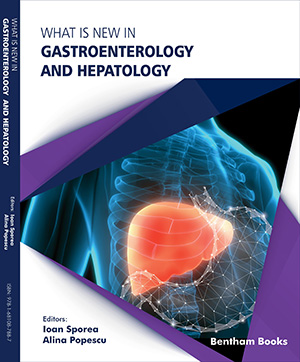Abstract
Pancreatic cystic lesions (PCL) comprise a wide spectrum of pathological entities, from benign lesions such as retention cysts and pseudocysts to potentially malignant ones such as mucinous cystic neoplasms and intraductal papillary mucinous neoplasms. Due to the widespread use of cross-sectional imaging for various indications, PCLs are being increasingly identified in clinical practice and they can pose diagnostic challenges sometimes. Among the broad differential diagnosis of a PCL, the stake is to accurately detect lesions with a malignant potential. Along with the medical history of the patient and the imaging features of the PCL, endoscopic ultrasound (EUS) plays an important role in the management of these lesions, by providing detailed morphologic assessment including vascular pattern and detection of solid component, cyst fluid analysis and tissue diagnosis. We herein summarize the currently available evidence with regard to diagnostic updates in PCLs, focusing on recent advances in tissue acquisition and diagnosis – the micro-biopsy forceps, confocal laser endomicroscopy and cyst fluid markers. Although in an early phase, artificial intelligence applications in PCLs are briefly discussed. In summary, there has been significant progress in PCL diagnosis over the last few years and there is growing evidence that accuracy will be further improved by routine use of molecular markers in cyst fluid.
Keywords: Confocal laser endomicroscopy, Cyst fluid, Endoscopic ultrasound, Mucinous, Micro-biopsy forceps, Neoplastic, Pancreatic cyst.






















